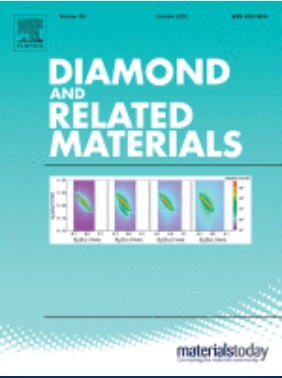Multimodal
nanomaterials have attracted much attention of scientists, in particular those working in the area of medicine. Thanks to their properties, they can be applied in therapy as well as in diagnostics permitting simultaneous treatment and imaging of various cancer diseases.
Photothermal therapy (PTT) is one of the approaches in the cancer therapy based on the use of light-to-heat converting materials. The nanophotothermal agents used in PTT may represent a wide range of substances, from metals to organic compounds.
Polydopamine (PDA) is a mussel-inspired polymer that can coat almost every surface, it is highly biocompatible, biodegradable and shows extraordinary photothermal properties. In this study, we used laser synthesized nanodiamonds (NDs) as fluorescent cores to obtain a combined platform for fluorescent imaging and PTT. Before PDA coating, NDs were functionalized with hyper-branched
polyglycerol (hPG) to protect against their aggregation and improve their stabilization in
aqueous solutions. The
nanoparticles were characterized by determination of their size distribution, stability,
functionalization as well as fluorescent and photothermal properties. The anticancer efficacy of the imaging-guided PTT on glioblastoma cells was also evaluated in vitro. The obtained results show that PDA coated laser synthesized NDs can be promising theranostic agents combining the fluorescent
imaging modality of nanodiamonds with photothermal properties of polydopamine.
